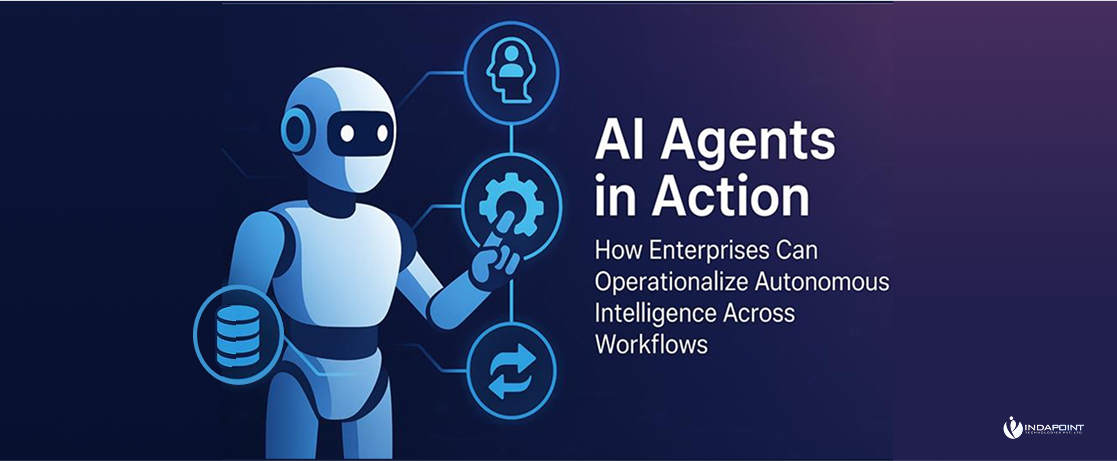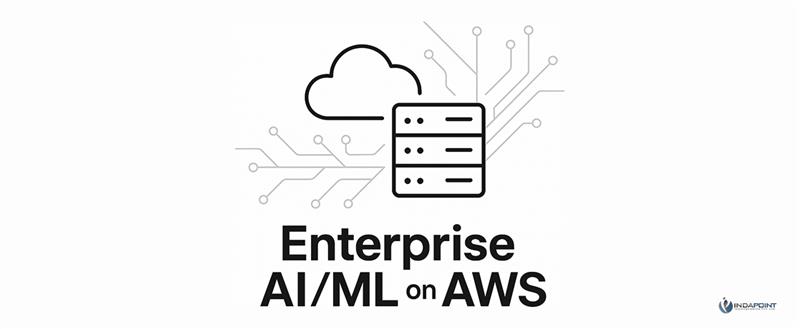MODx is an open source PHP application framework that helps you take control of your online content. It empowers developers and advanced users to give as much control as desired to whomever they desire for day-to-day Web site content maintenance chores.
Custom MODx Services
IndaPoint specializes in providing our customers with all services relating to MODx solutions. Should you want to create a new Web site, update an existing MODx site, add features or optimize your MODx site for internet search engines, we always have a solution for you.
The MODx Ajax CMS and PHP application offers:
- Strong Web Standards Support
– MODx doesn’t limit you to awkward and confusing layout blocks or sections that templating engines require. You can build XHTML 1.1 strict sites just as easily as a complicated table layout. MODx is the dream CMS for CSS designers. - Web 2.0 Features (yes, that means Ajax)
– MODx is the first free PHP CMS to offer an API that fully supports Web 2.0 Ajax technology thanks to MooTools. Expect to see this grow into our manager over time, but you can use it today in your own custom applications including live search, Web effects, Ajax communications and more. - PHP Application Framework
– a flexible API and an event model that allows you to override how the core behaves. You get tremendous flexibility, the ability to customize, and a simple upgrade path. - Works in your favorite browser
– Yes, even Safari! You can manage your Web sites from anywhere in the world with an internet connection and IE 5.5+, Safari 1.3+, Firefox 1.0+. - Graphical User Interface (GUI) – Easier for less experienced users to get up and running fast with a step-by-step online installer.
- Improved Rich Text editors
– All MODx RTEs are optional plug-ins, making for a smaller base download. TinyMCE ships out of the box. Adding new RTEs to MODx is simple with the optional download FCKeditor available now and Textile, Markdown and widgEditors on their way. - Better handling of aliases and menu indexes
– Search engine-friendly aliases are automatically created from page titles and the system will check for alias conflicts before saving a page. Reorder your pages with Ajax-enabled drag and drop indexing. - Robust CSS menu builder
– Menus made from unordered lists at the click of a mouse. Whether it’s as simple as a bulleted list for a sidebar or as complex as Big John’s deluxe menus complete with CSS “hover zones”, MODx has you covered. - Improved Meta-tag and keyword controls
– Consider MODx your No.1 free search engine optimization CMS. MODx helps your SEO efforts by making it easier to adjust meta-content of your site on a per-page basis. - Separate manager and Web user sessions – Simplify your testing and development workflow.
- Improved document parsing and error handling
– Build better custom applications with a more robust API and greatly improved error handling and reporting inside the manager. - Custom content types
– Use MODx documents to manage your linked style sheets, images and Javascript. Transform them into XML, PDF, Excel or Word documents with snippets and this handy new feature. - Bug fixes and usability tweaks
– Continuous improvement of MODx guarantees a more polished and robust product, nearing the official project launch and 1.0 release.
Our Blogs: Feel the Beat of Innovation
Stay in sync with the latest in technology and business transformation.

AI Agents in Action: How Enterprises Can Operationalize Autonomous Intelligence Across Workflows
AI agents are transforming enterprise automation with agentic AI and multi-agent systems. From RAG chatbots to Claude agents and orchestration layers, they streamline enterprise AI workflows. Businesses can now build no-code AI tools, accelerating their business AI strategy. Operationalizing these tools empowers scalable, intelligent automation across finance, IT, and customer service—marking a new era in enterprise AI.
June 30,2025

AWS Services for AI/ML: The Definitive Enterprise Guide
Explore how AWS empowers enterprises with scalable AI/ML solutions. From data storage and model training to MLOps and edge AI, this guide covers the full spectrum of AWS services. Learn how leading companies streamline development, ensure compliance, and accelerate innovation with AWS’s powerful AI/ML ecosystem.
June 27,2025

Comparative Analysis of AI Development Platforms
This blog explores and compares leading AI development platforms like AWS SageMaker, Azure ML, TensorFlow, and Keras. It covers their strengths, ideal use cases, pricing, real-world applications, and emerging trends like AutoML and Edge AI. Whether you're a startup or an enterprise, this guide helps you choose the right platform to scale your AI journey effectively and efficiently.
June 23,2025




